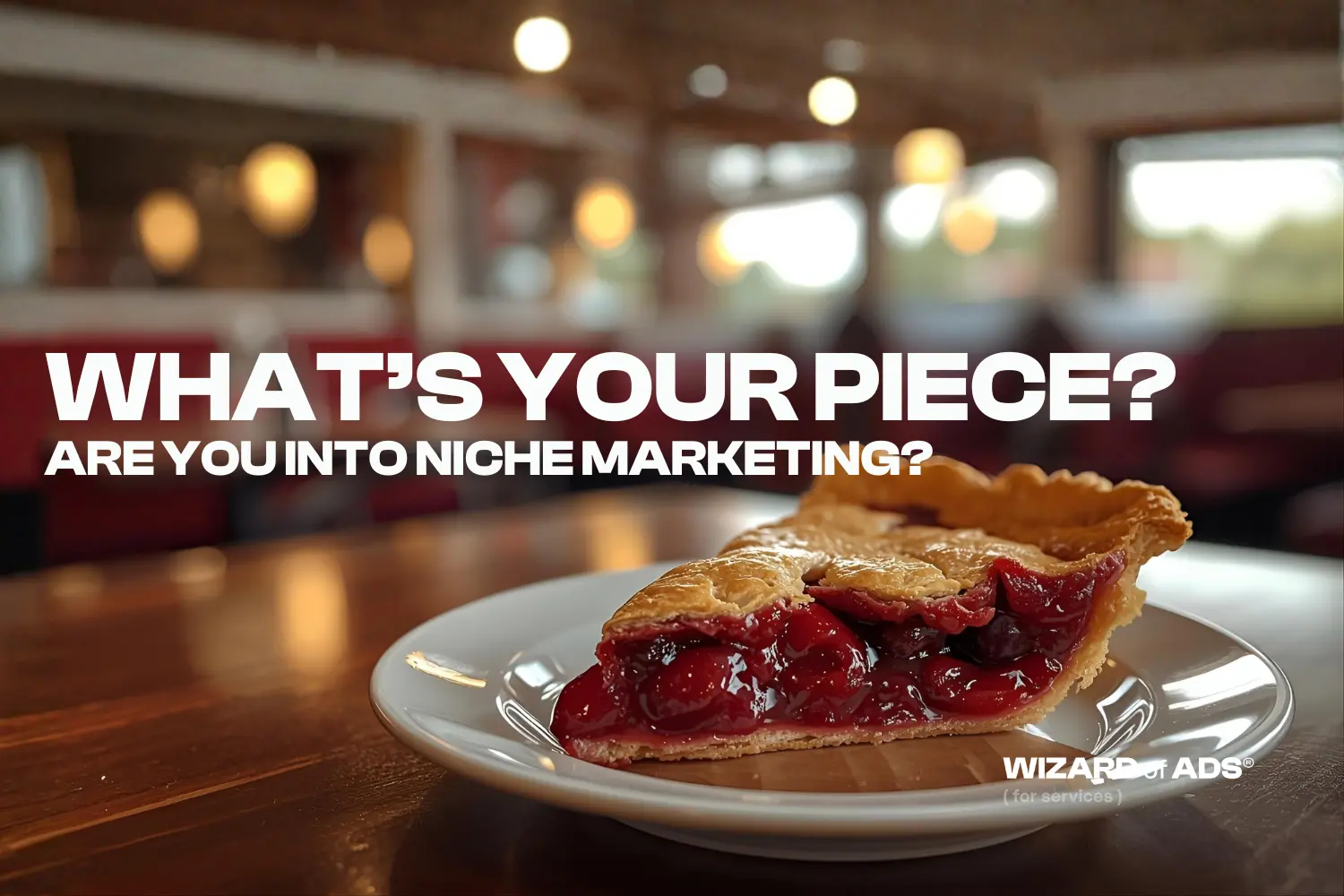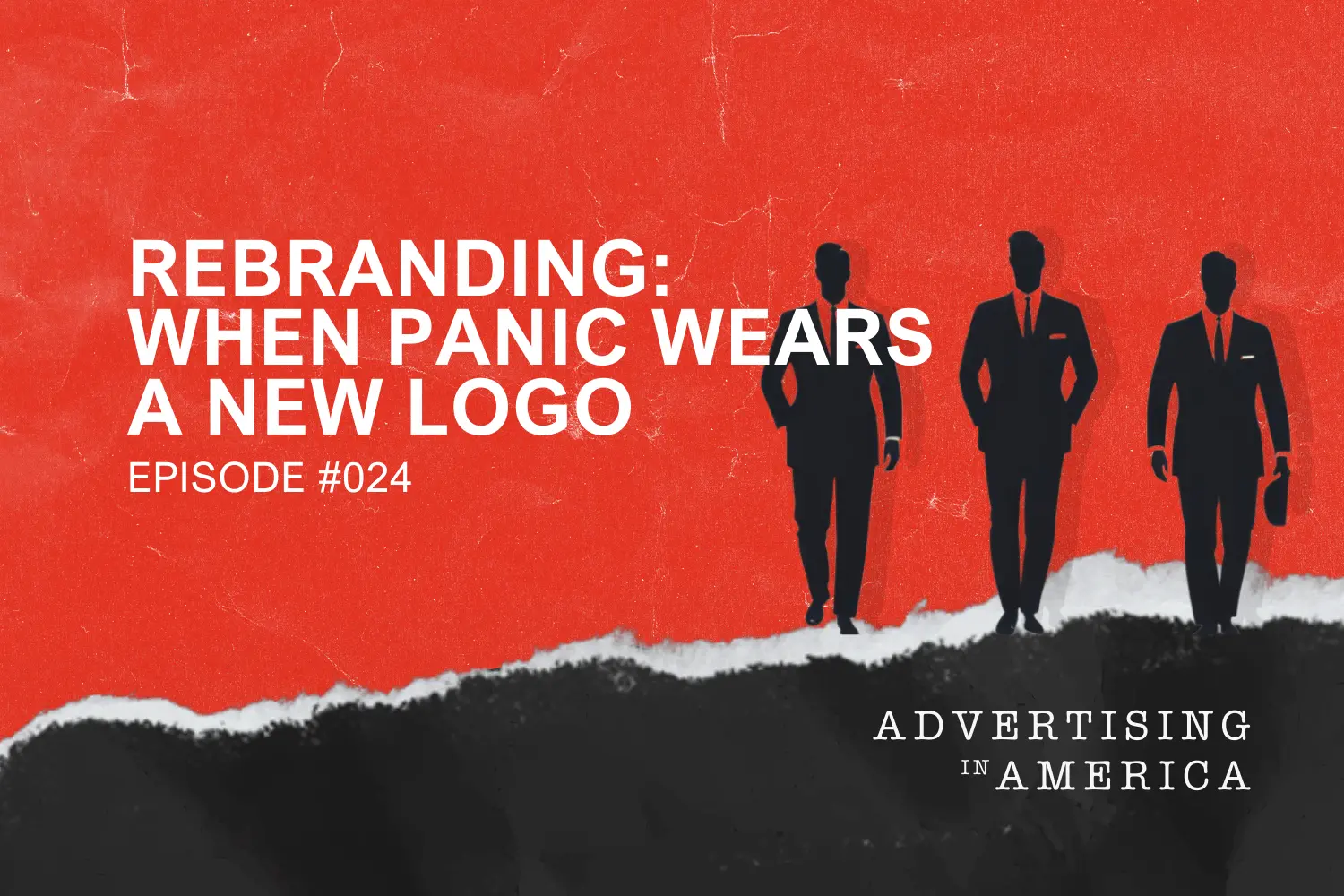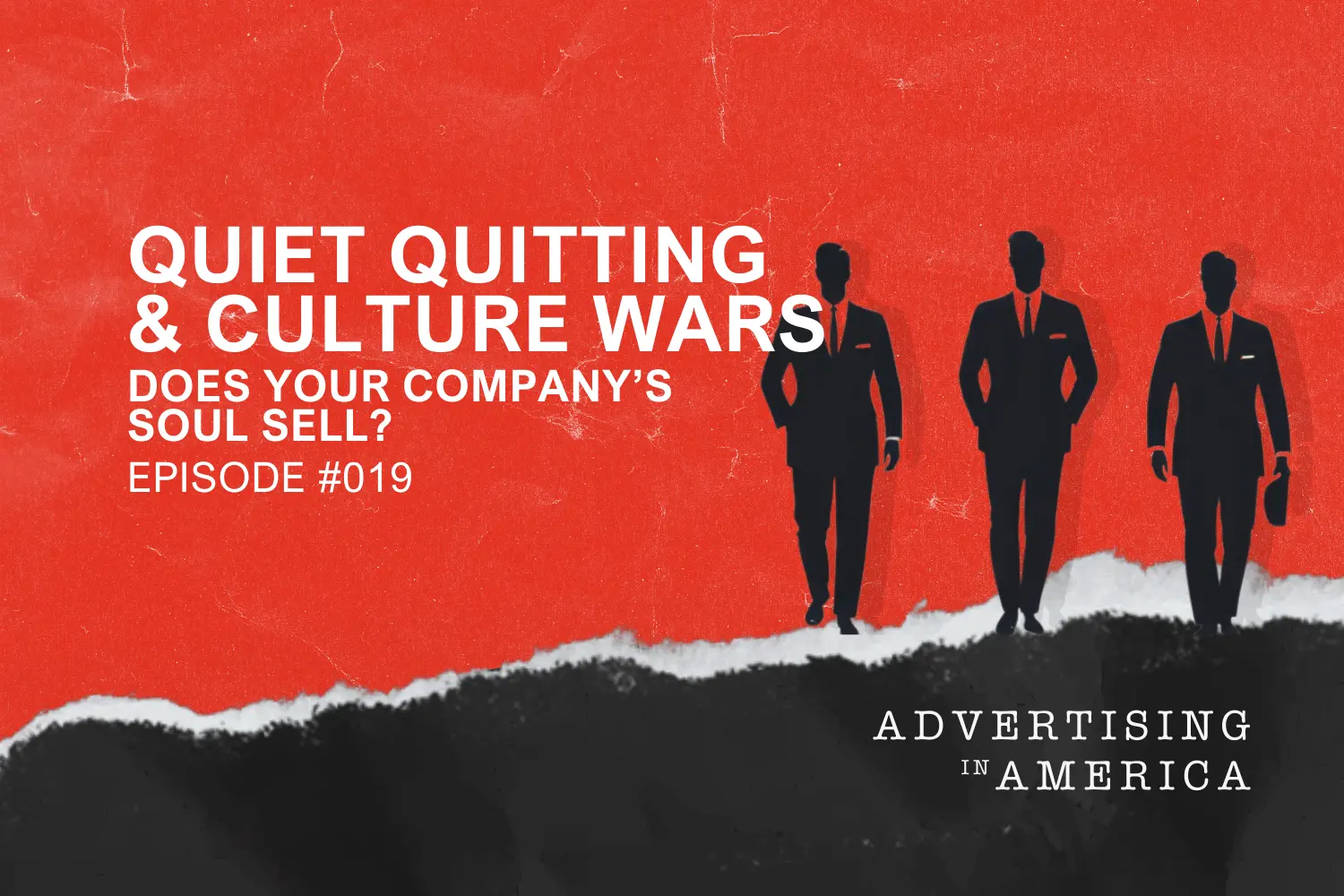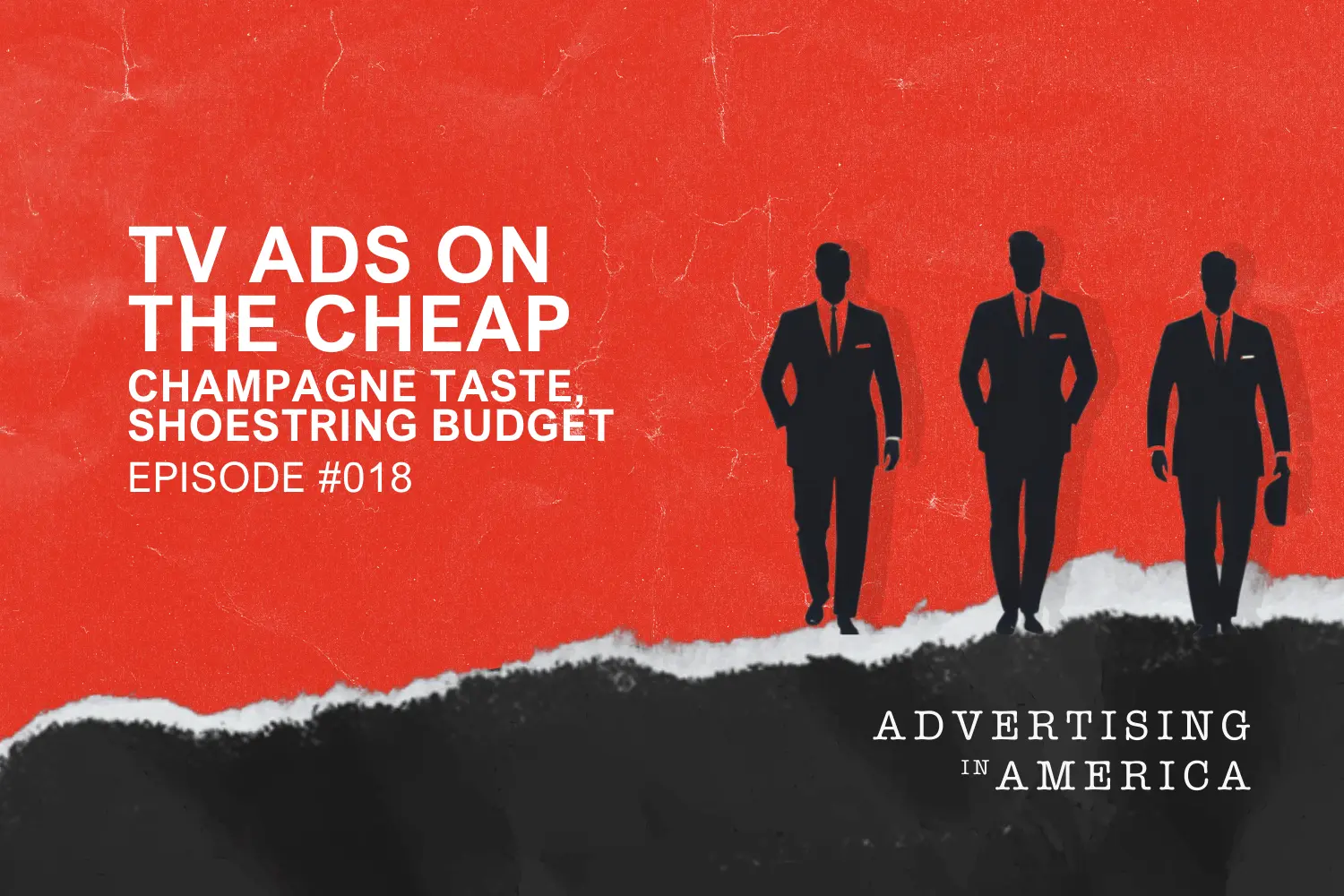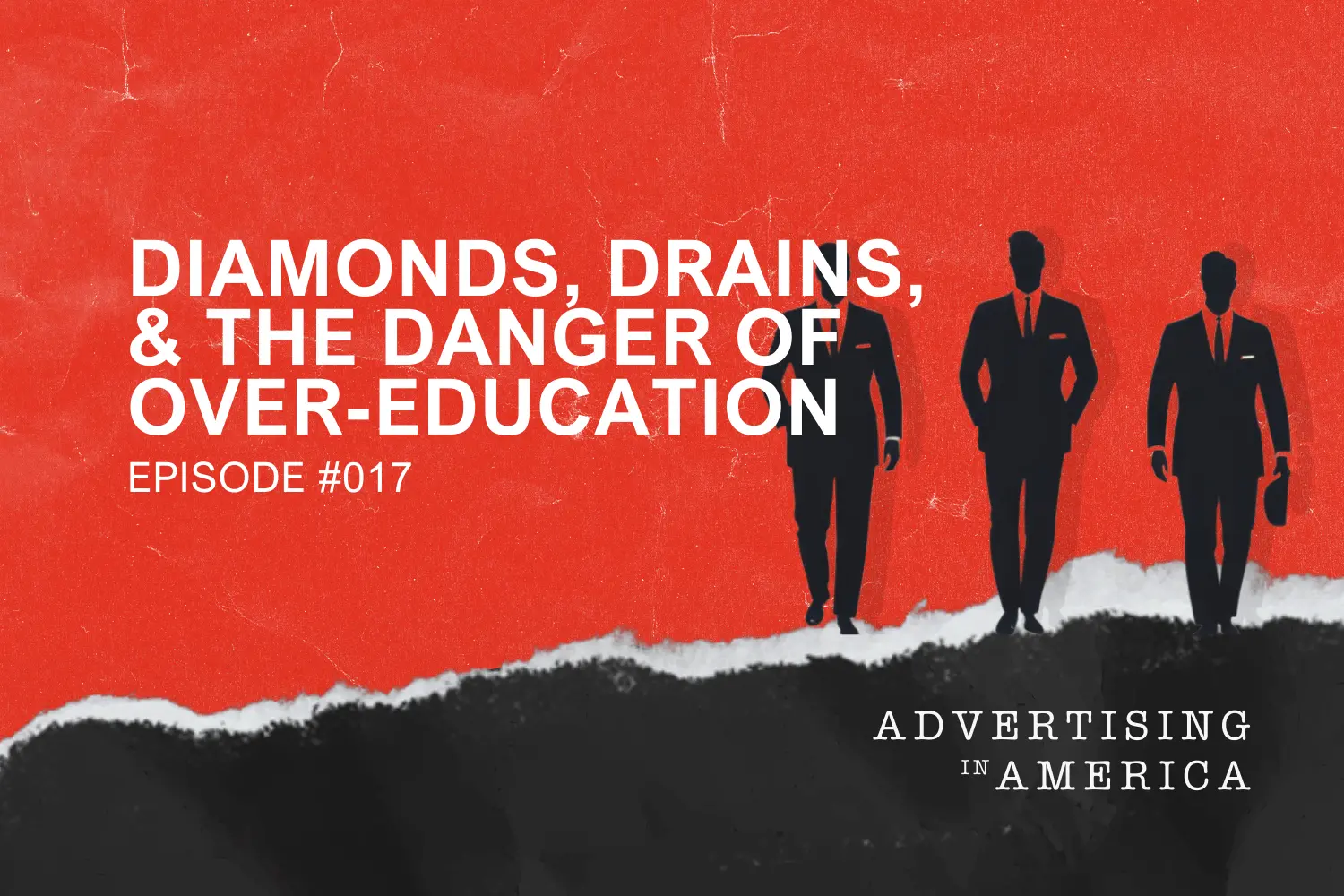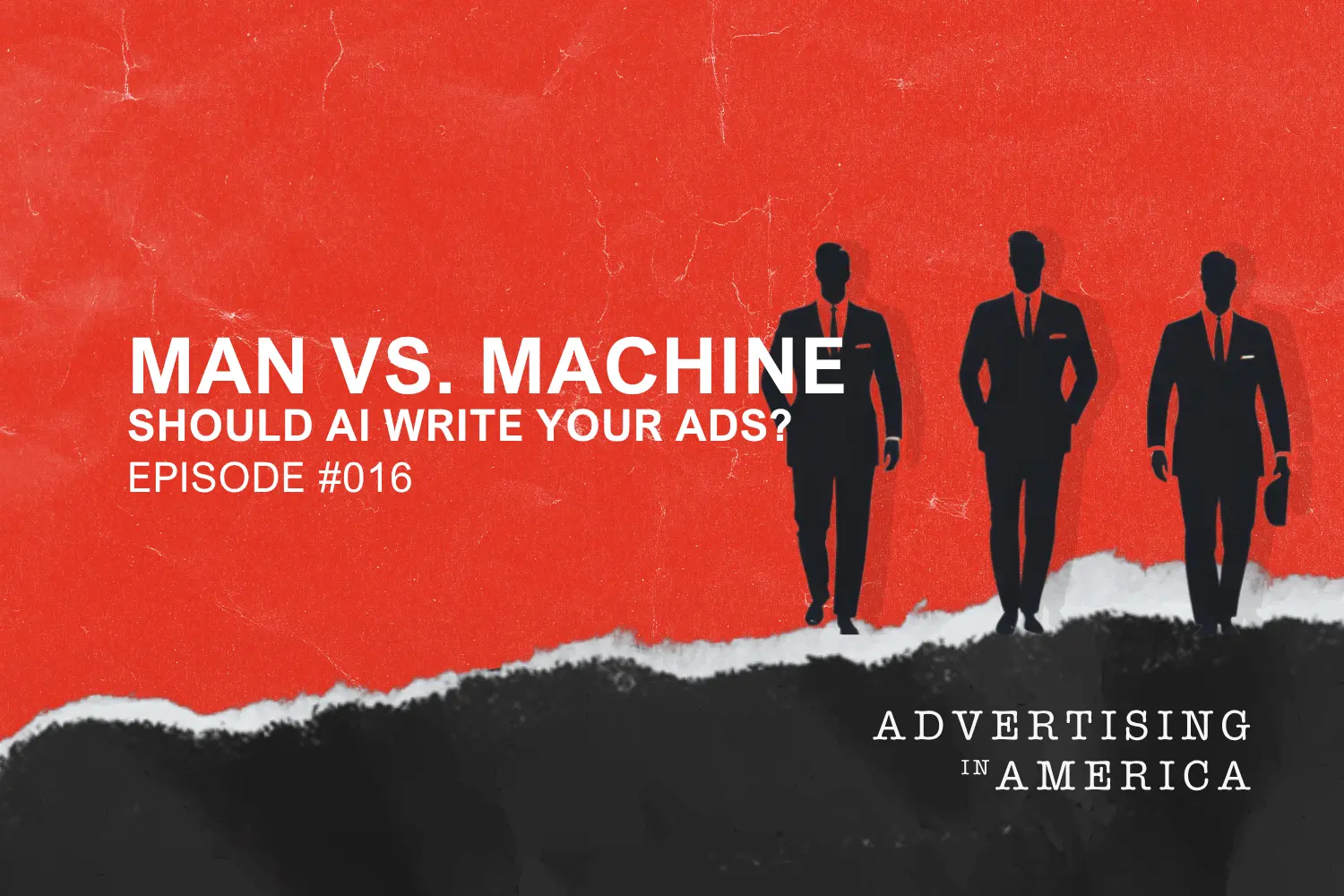
Business owners are up to their ears in marketing techniques. Not only that, they are constantly changing, and all come with various advice and warnings that contradict each other. This opens up a breeding ground for marketing mistakes. For example, one of the most common pieces of advice is that business owners should be on as many social media platforms as possible to reach the widest audience. However, another popular opinion is that business owners should focus on one or two social media platforms so they can create a strong presence and avoid spreading themselves too thin. As a home service business owner, this drives you pretty nuts. You want to do what’s best for your business, but with so much conflicting information, how can you decide what exactly that is? And how can you avoid royally screwing up your business? Here's what we're gonna do. Instead of telling you what to do, we'll make it easier for you and tell you what not to do. Interested? Read on to save yourself from the clutches of a failed marketing campaign so your home service business can thrive.
Most Common Mistakes in Marketing
Marketing failures are a given, but some are more common than others. Here's a look at some of the most frequent marketing mistakes to avoid in your business.
Inappropriate Use of Social Media
Sure, the whole world is on Facebook, but that doesn't mean it's the right place to advertise your products or services. Go to the Success Stories page on Facebook to take a look at the types of ads that are working well. Does your product or service fit into any of those categories? If not, you're likely wasting your time (and money) trying to market on Facebook. This goes for all social media channels. Choose them wisely and don't try to be everywhere at once. You can waste a lot of time, money, and resources if you're not strategic about it. Another common mistake is using social media as a one-way megaphone to talk about your company, rather than engaging in a two-way conversation. This will come off as salesy and turn people off. If you want to use social media successfully, you need to be relatable and thoughtful about the content you're sharing. At Wizard of Ads® for Essential Services, we can help you showcase your brand in a way that captures the hearts and minds of your target audience. Book a call with us today to get started!

Overconfidence in the Value of Targeting
As the wise Jeffrey Eisenberg once said, “online customers are exactly the same people as offline customers, yet advertisers tend to think of them as an entirely different species.” This is never more true than when it comes to the notion of targeting. Many business owners believe that they need to target their audience as narrowly as possible to be successful. However, this is often a marketing mistake that leads to wasted resources and missed opportunities. You can spend the same amount of money to reach five tightly targeted customers online as you would to reach five customers who have that same profile, PLUS 500 of their friends by utilizing broadcast TV or radio. In doing this with the right message, you become the brand that people think about first and like the most — at a fraction of the cost. Broadcasting your message to a wider audience may seem counterintuitive, but with the right message and frequency, it is a far more effective way to connect with potential customers.
The Assumption that Every Message is Relevant
Bad marketing campaigns create ads with the belief that their product or service category is intrinsically interesting. Guess what? For customers, information about what your offering isn't the currency that will buy their attention — entertainment is. Most ads lack entertainment value, and as a result, they go unnoticed. Not every one of your ads has to be a laugh-out-loud, share-with-your-friends viral video. But it does have to be interesting enough that people will want to watch it or read it. Some of the most successful ads weren't considered relevant to the product as they could have been, but they were entertaining. And that's what people pay attention to. This is the difference between perfectly truthful, and honestly persuasive.
Fear of Criticism
Most brands these days aren't writing ads to persuade, they are writing them to not offend their audience. The issue when you do this is that you are missing out on the power to move people to play it safe. Great advertising pushes the envelope. It captivates the brand's target audience, while repelling those outside of it. And that's okay. When you're creating advertising, the goal should be to provoke an emotional reaction in your target audience. The best way to do this is by taking a stand on something – even if it means alienating some people. Of course, you don't want to take a stand on something that will turn off the majority of your potential customers. But if you're too afraid to rock the boat, you'll never create truly great advertising. Instead, you'll remain invisible to everyone with your mediocrity.

Measuring Ad Effectiveness Too Quickly
A common mistake digital marketers fall into is immediately measuring their ads' effectiveness and then make changes based on those findings. This is a rookie mistake for a few reasons. For one, having measurement cycles that are too short will give you false readings. You need to give your ads time to gather data and show results. If you're constantly changing your ad strategy, you'll never be able to tell what's working and what isn't. Second, ongoing branded advertising is essential if you want to be the brand that pops up in your audience's minds. If you're spending too much time holding each individual ad accountable, you're not getting the brand awareness that you need. You want your prospective customers to feel the best about your brand when they eventually need what you're offering. If they see and resonate with your ads consistently over time, they're more likely to remember you and trust you before the PPC game of ‘ouuu, pick me’ has even started.
Unsubstantiated Claims
Marketing fails when its ads and content are filled with empty rhetoric that is used to fill the space without any real consideration for what actually matters. Wizard of Ads™ Partner, Chris Maddock once said, "Show, don't tell." This couldn't be more true when applied to content marketing. Adjectives get frequently overused, which makes the language in these ads and pieces sound like white noise. Verbs, on the other hand, show your customers what your product or service can actually do. Fluffy adjectives only tell them. When you focus on showing what your product or service can do, rather than just telling people how great it is, you are more likely to have an impact. Do you want to shout into an auditorium or whisper into a pillow? This is why it's important to focus on creating content that is neq, interesting, and different, rather than just trying to be cute and clever. It's a marketing mistake that will make your brand seem inauthentic and incongruent, which ultimately turns people away.
Believing that “Old” Media No Longer Works
It is true that digital marketing has become mainstream n recent years. Consumers are more likely to visit your website and read reviews before making contact with you, which means your website must always be top-shelf in the conversion department. However, that doesn’t mean that traditional marketing techniques are a thing of the past. The proper mix of the two is the most effective way to market your business. The combination of your digital presence and the mass media allows you to reach an exponentially wider market and show up where your high intent buyers are looking online. The best news is, virtually all of your competitors make this marketing mistake leaving you to dominate the airwaves with a far better message. Radio and television still deliver massive market reach in America. Therefore, using these channels to market your business will create a massive jump in sales and customers. Just understand that your elevated offline presence will make it appear as though your online efforts are what's generating the ROI, when in reality it's the mass media marketing campaign that deserves the credit. This error is known as last touch attribution.

Assuming “The Decision Maker” Is The Only Person You Need to Reach
Sure, the decision maker is the one who authorizes the purchase, but what about decision influencers? The ones who provide positive and negative input and feedback? You're missing out if you're not trying to bond with them, too. Decisions aren't made in a vacuum. There are always other people involved, even if they're not signing the check. And those people can have a big influence on the decision making process. The kid in the backseat of his mom's car that sees the McDonald's sign isn't the decision maker, but he's going to have a say in what they eat for lunch. And the friend that you ask for advice on what HVAC system to buy for your new home isn't the one who's going to install it, but she's going to have an impact on which one you ultimately choose.
Believing that “Gen-Z” Isn’t Like the Rest of Us
Gen-Z isn't one tribe, they are a collection of tribes. They don't act like one single cohesive birth cohort because they aren't. And this is one of the worst content marketing mistakes you can make. When you try to market to Gen-Z as one group, you are really just marketing to the lowest common denominator. You are assuming that all members of Gen-Z think, act, and behave alike, which couldn't be further from the truth. Each subgroup within Gen-Z has their own unique set of values, beliefs, and behaviors that are similar, if not the same as ours. And while there are some commonalities between them, trying to lump them all together is a recipe for disaster. When you make marketing mistakes that view Gen-Z as one group, you end up creating content that is bland, uninspiring, and ultimately forgettable. So don't treat them like a monolith, and don't make the mistake of thinking that they are all the same. Your customers will thank you with their business.
AdSpeak
When it comes down to it, people don't hate advertising; they hate boring and predictable advertising. They loathe the time-wasting ads that come up on their screen during commercial breaks while trying to watch their favorite show, live sports, or local news. They despise AdSpeak, but they absolutely love entertainment. When it comes to writing AdSpeak, none is always more. Don't try to cram too much information into your ad copy; keep it short, sweet, to the point, and most of all — pleasurable to read, watch, or listen to. Do this well, and your audience will appreciate your concise message, and you'll be more likely to capture their attention and interest as well as be remembered for future business.
Conclusion
As you can see, making continuous marketing mistakes is like having a leaky faucet, but instead of losing water, you're losing money. The good news is that we know how to fix it quickly and permanently. If you want to avoid the time-consuming, and money-sucking trial and error, we're here to help. At Wizard of Ads® for Essential Services, we specialize in making you a household name. Book a call with us today to discover our brand of crazy.


